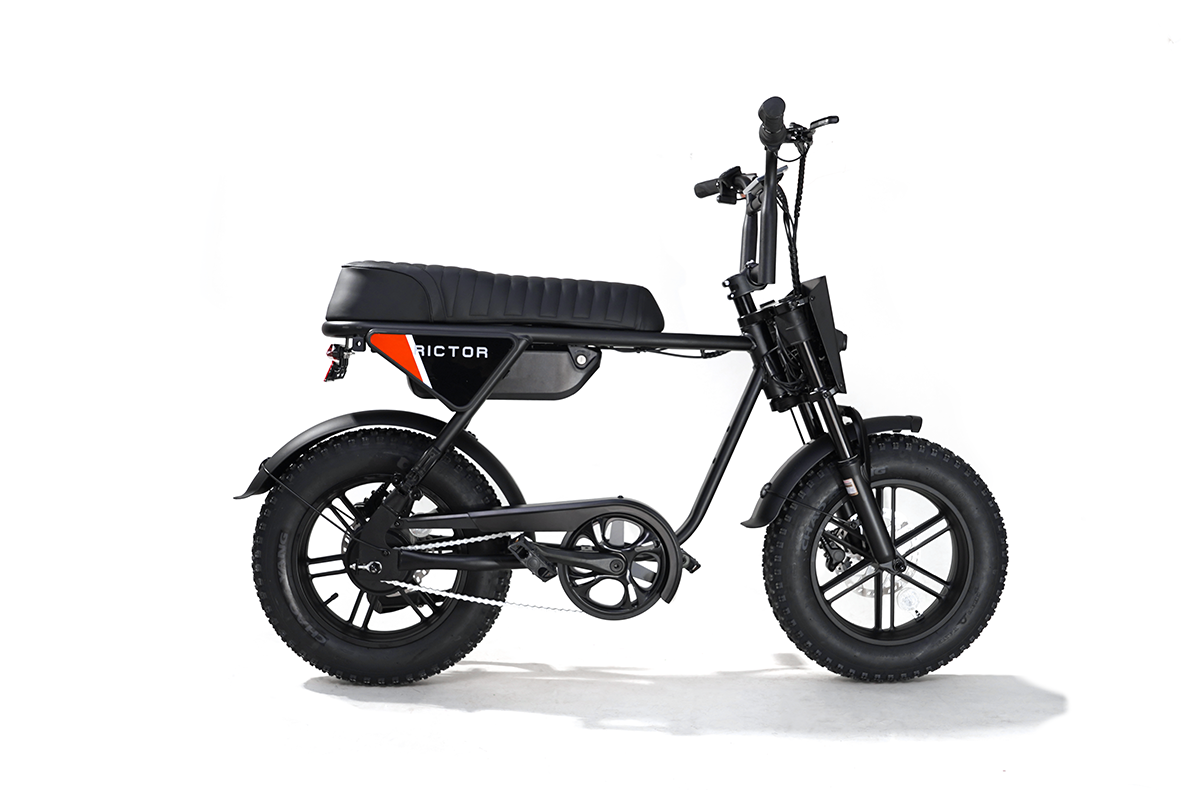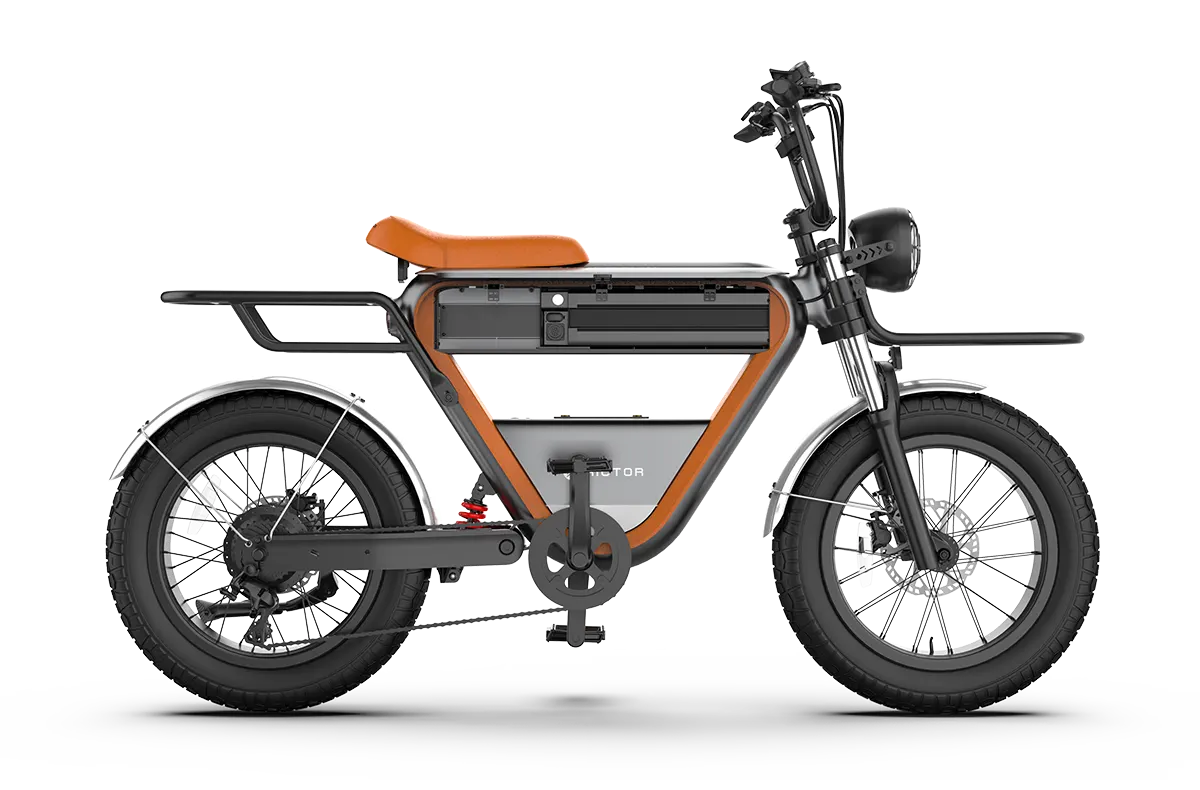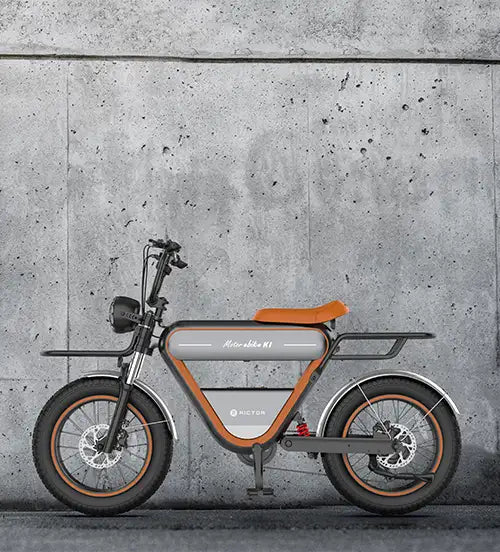
7 Essential Tips for Charging Your eBike Battery – Prevent Fires and Extend Battery Life
Charging your eBike battery properly is crucial for both safety and longevity. Unlike traditional bicycles, eBikes rely on powerful lithium-ion batteries that require careful handling to prevent fires and maximize their lifespan.
If you're new to the world of eBikes or just looking to refine your charging routine, here are seven essential tips to help you charge your eBike safely and effectively.
1. Buy from a Reputable Brand
When you’re buying an eBike, it’s important to choose a reliable brand and dealer. Brands like Specialized, Trek, and Giant are known for their high-quality, certified eBikes.
These manufacturers use well-established systems, like Shimano and Bosch, which meet rigorous safety standards. In the U.S., look for UL certification (Underwriters Laboratories), which ensures that the eBike and charger have undergone extensive testing for safety, including being overcharged, submerged in water, and exposed to extreme conditions.
Avoid the temptation to buy cheaper, lesser known brands as they may cut corners in design and safety, which can lead to dangerous consequences. Rictor, known for its focus on technology and innovation, offers the Rictor K1 fat tire electric bike. With a powerful motor and durable design, it's built to handle various terrains while ensuring a smooth ride, making it a solid choice for those seeking a quality eBike.
2. Never Modify or Repair the Battery
Lithium-ion batteries can be sensitive and volatile if tampered with. Don't attempt to modify, repair, or upgrade the battery yourself. It’s easy to think you can extend the range or enhance the battery by adding parts or tweaking the design, but this can lead to severe safety risks, including fires.
Stick to the battery and charger that came with your eBike, as they are designed to work together at optimal efficiency. If something goes wrong, always consult the manufacturer or a professional repair service.
3. Set Up a Dedicated Charging Station
A designated charging station is key to keeping your eBike charging routine safe and consistent. Choose a place that’s dry, clean, and free from combustible materials. If possible, keep the charging station outdoors, but if that’s not an option, make sure the area is well-ventilated and far from any flammable substances. A dedicated space ensures that the charger and bike aren’t moved around too much, reducing the risk of wires getting damaged or the charging port being compromised.
4. Charge During the Day
Charging your eBike during the day is a good habit because it allows you to monitor the process. If something goes wrong, like the battery overheating or catching fire, you’ll be around to address the issue quickly. Since charging can take several hours, it’s best to be nearby to act in case of emergencies. Keep your bike away from flammable materials during charging, and never leave it unattended overnight unless you're confident in the safety of your equipment.
SEE ALSO Choosing the Best Electric Bike with Removable Battery

5. Follow a Charging Routine
Consistency is key when it comes to charging your eBike. Establishing a charging routine ensures that your battery stays in good condition for the long term. For example, you might want to clean the bike, lube the chain, and check for any potential issues before charging. Charge your eBike during the day and leave it until it's fully charged. Don't stress about unplugging it immediately once it reaches 100%, as most modern chargers will automatically shut off when the battery is full. If you're charging multiple bikes, keep the chargers labeled and organized to avoid confusion.
6. Use a Timer to Control Charging Time
If you're worried about overcharging, consider using a timer to control how long the battery is plugged in. A simple mechanical timer can be set for a specific duration, ensuring the charger turns off after a set amount of time.
There are also Bluetooth-enabled devices that allow you to monitor and control the charging process from your smartphone, giving you an extra layer of convenience and peace of mind. If you're not around, this will help prevent overcharging and potential issues.
7. Be Mindful of Temperature Extremes
Extreme temperatures can harm your battery, so it's important to store and charge it in a temperature-controlled environment. Avoid charging your eBike in freezing conditions, as cold temperatures can reduce the efficiency of the battery and even cause damage. Similarly, avoid charging in excessively hot environments, as heat can lead to swelling and overheating. If you live in a particularly hot or cold area, consider bringing the battery inside when not in use, especially during extreme weather.
FAQs
Can I charge my eBike battery while it's still on the bike?
Yes, you can charge your eBike battery while it's on the bike. However, make sure to follow safety guidelines, such as keeping the bike in a safe, dry place and ensuring the charging port is clean and free from debris.
How can I tell if my eBike battery needs replacing?
Common signs that your eBike battery may need replacing include a significant decrease in range, slower charging times, or the battery no longer holding a charge. If you notice these signs, consult a professional to evaluate the condition of your battery.
What is the best temperature range for charging an eBike battery?
The optimal temperature range for charging an eBike battery is between 50°F (10°C) and 77°F (25°C). Charging in temperatures outside this range can reduce battery performance and lifespan, or even cause damage.




